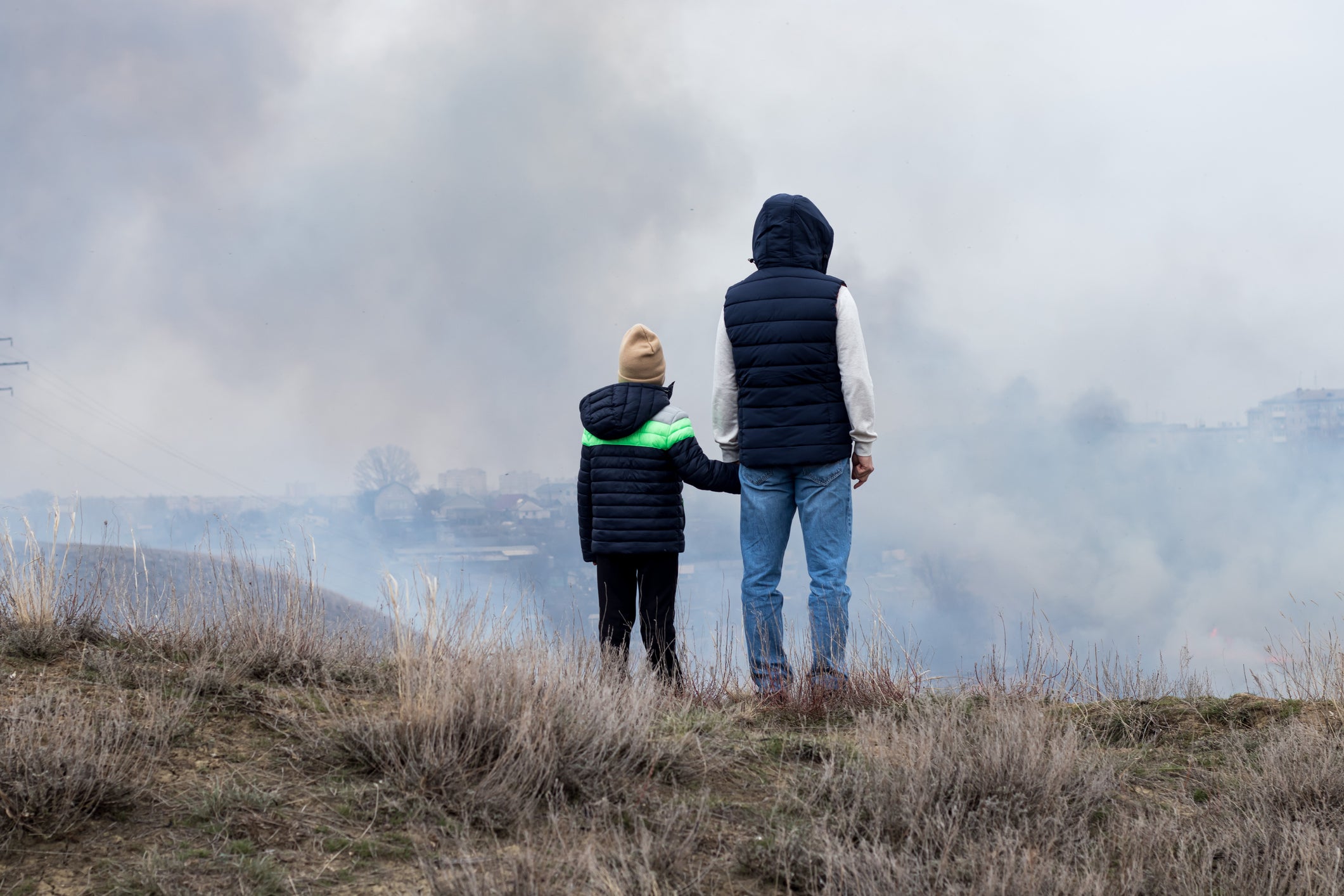Fatal police shootings more frequent in U.S. states with high household gun ownership

For immediate release: October 11, 2018
Boston, MA – U.S. states with high levels of household gun ownership have higher rates of fatal shootings of civilians by police than states with lower gun prevalence, according to a new study led by researchers from the Harvard T.H. Chan School of Public Health and Northeastern University.
The study found that there was a link between rates of police shooting deaths and state-level gun ownership among all victims, but was strongest for rates of police shootings of victims who were armed with guns.
The study was published in the Journal of Urban Health on October 11, 2018.
“Police in the U.S. are at much higher risk of being killed on the job than police in other high-income countries. Virtually the only way U.S. police are killed is with guns. In states where more civilians have guns, police may have more encounters with people who are armed, or who police fear may be armed. In these situations, police, rightly or wrongly, may feel more need to protect themselves,” said lead author David Hemenway, professor of health policy at Harvard Chan School and co-director of the Harvard Injury Control Research Center (HICRC).
In the U.S., law enforcement officers kill more than 1,000 civilians each year. The rate of these killings is far higher than in other high-income nations. In recent years, studies have used data gathered by various news organizations to explore fatal police shootings of civilians in the U.S., often with a focus on marked racial disparities in these shootings. The new study is the first to look at the extent to which firearm prevalence helps explain the wide variation across states in rates of fatal police shootings of civilians.
The researchers used data from 2015-2017 from the Washington Post’s “Fatal Force Database,” which assembles information from news reports and other sources on the number of U.S. civilians shot and killed by police in the line of duty. The researchers also looked at levels of household gun ownership in each state, and adjusted for the violent crime rate, the proportion of the population that is non-white, the proportion of the population living in poverty, and urbanization.
There were 2,934 fatal police shootings nationwide from 2015-2017; 56% of those killed were armed with a gun. To illustrate the size of the differences across states, the researchers compared rates of fatal police shootings in the 10 states with the highest levels of gun ownership (“high-gun states,” including Alaska, Georgia, Idaho, Kentucky, Louisiana, Missouri, Montana, Oklahoma, South Carolina, and West Virginia) with rates in the five states with the lowest levels of gun ownership (“low-gun states,” including Connecticut, Hawaii, Massachusetts, New Jersey, and New York). Because low-gun states tend to be more populated than high-gun states, the researchers included more of the latter in the analysis so that they would be looking at roughly the same population in each of the two groups.
The rate of fatal police shootings in the 10 high-gun states was 3.6 times greater than in the low-gun states. In the high-gun states there were 499 fatal police shootings, while there were 138 in the low-gun states. Fatal police shootings per 1 million residents ranged from a high of 9.91 in New Mexico to a low of 0.87 in New York state.
The study found that across all 50 states, civilians in states with high levels of household gun ownership had a much higher likelihood of being shot and killed by police, even controlling for rates of violent crime.
Co-author Deborah Azrael, director of research at HICRC, emphasized that “the paper focuses on the states where fatal police shootings occur, not whether some, any, or all of the shootings were justifiable or preventable.” Co-author Matthew Miller, professor at Northeastern University, adjunct professor of epidemiology at Harvard Chan School, and co-director of HICRC added that the findings likewise do not address whether armed or unarmed civilians who were killed posed an actual threat to law enforcement or were guilty of a crime.
“Previous studies have shown that police in the United States are more likely to be shot and killed in states with high rates of gun ownership,” said Hemenway. “This study shows that civilians in these states are also more likely to be shot and killed by the police.”
Andrew Conner, research assistant at the Harvard Injury Control Research Center, was a co-author.
Funding for the study came from the National Institute of Justice.
photo: iStock
Visit the Harvard Chan School website for the latest news, press releases, and multimedia offerings.
For more information:
Chris Sweeney
617.432.8416
csweeney@hsph.harvard.edu
###
Harvard T.H. Chan School of Public Health brings together dedicated experts from many disciplines to educate new generations of global health leaders and produce powerful ideas that improve the lives and health of people everywhere. As a community of leading scientists, educators, and students, we work together to take innovative ideas from the laboratory to people’s lives—not only making scientific breakthroughs, but also working to change individual behaviors, public policies, and health care practices. Each year, more than 400 faculty members at Harvard Chan School teach 1,000-plus full-time students from around the world and train thousands more through online and executive education courses. Founded in 1913 as the Harvard-MIT School of Health Officers, the School is recognized as America’s oldest professional training program in public health.

